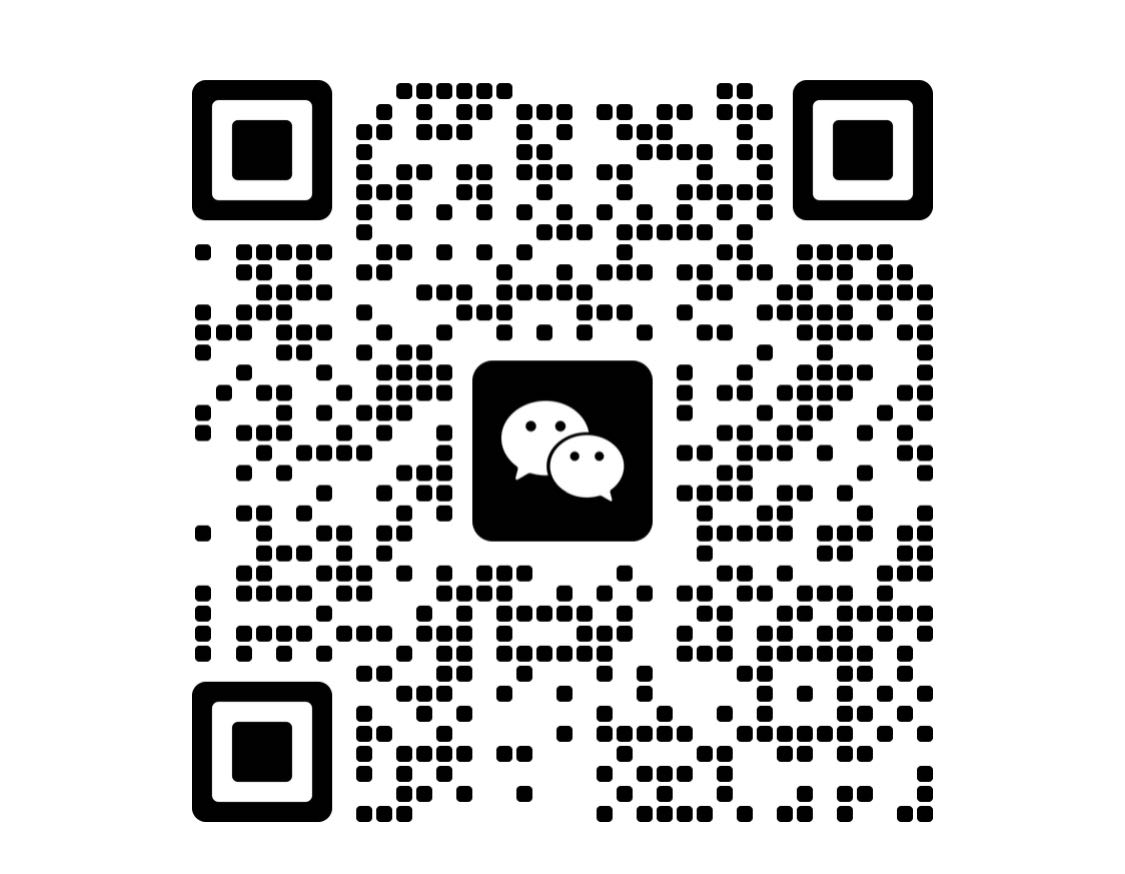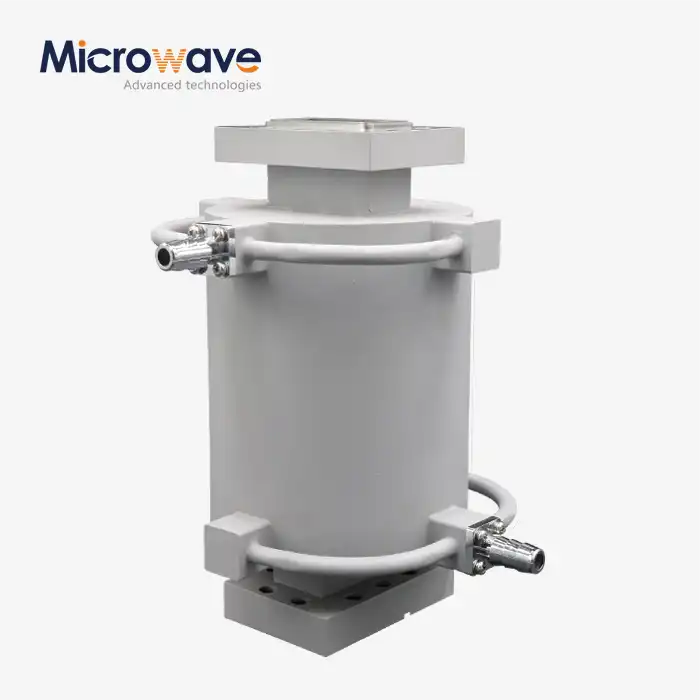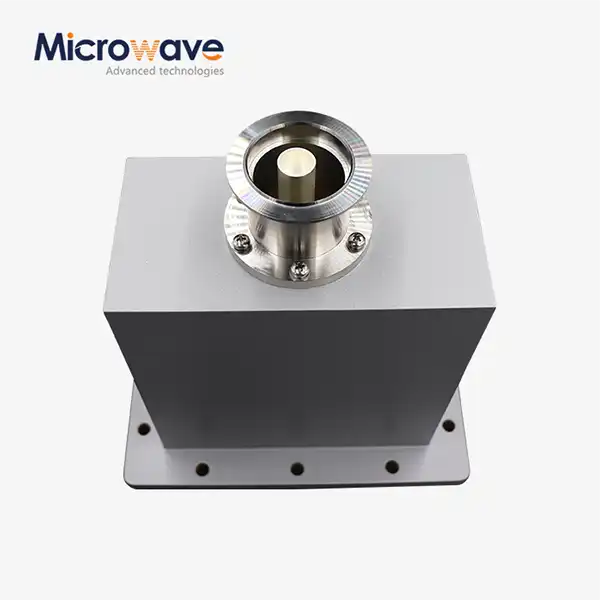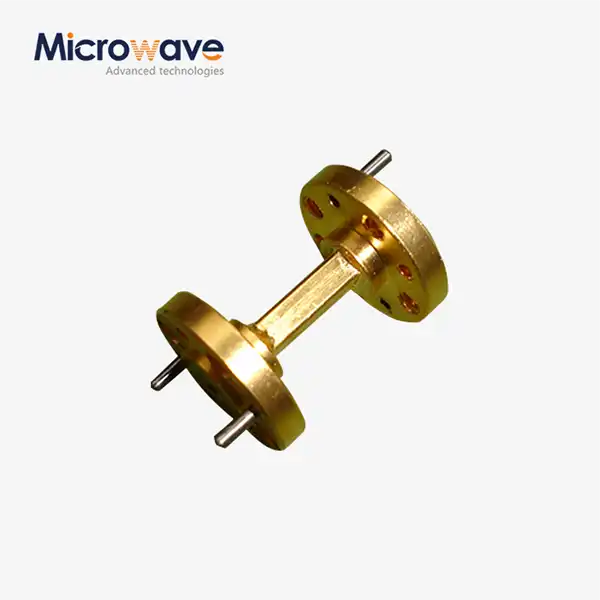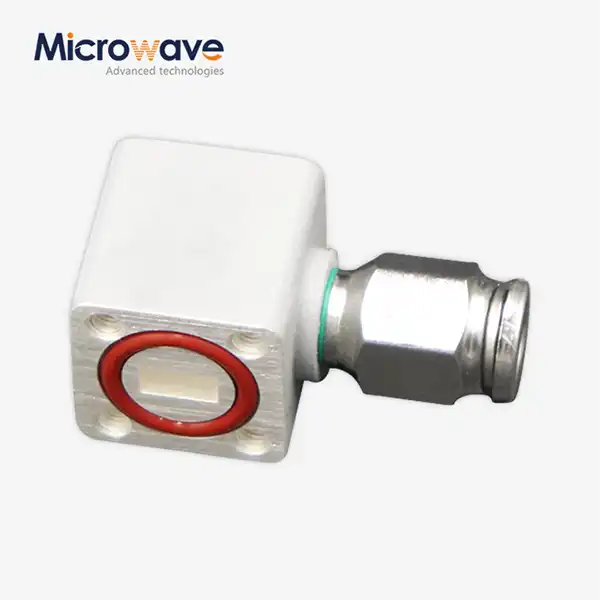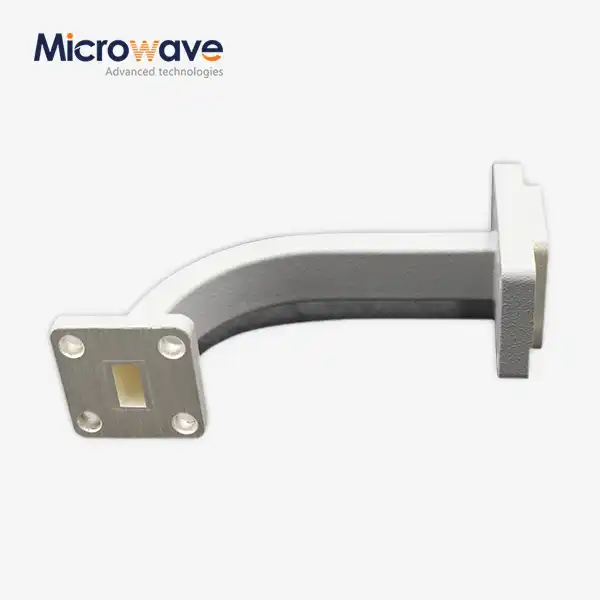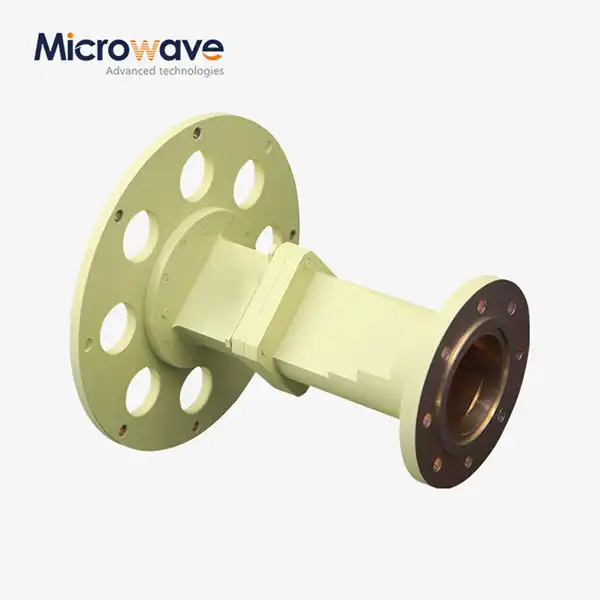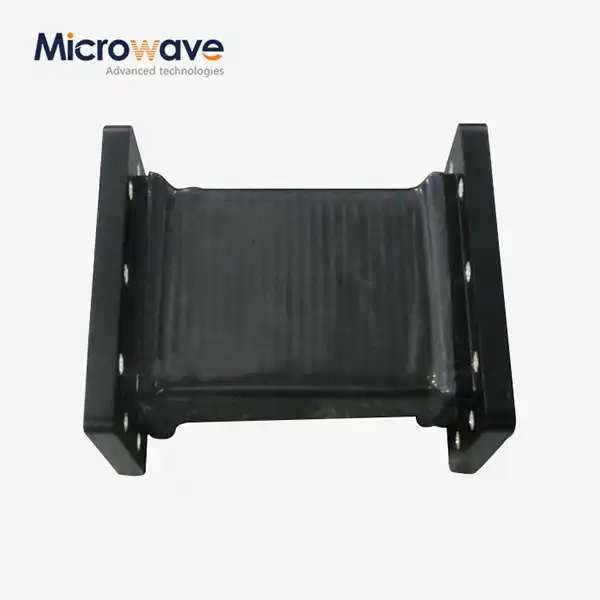Crossguide Directional Coupler vs. Coaxial Coupler: Which Is Better?
In the rapidly evolving world of microwave and RF technology, engineers frequently face the critical decision between crossguide directional couplers and coaxial couplers. This choice significantly impacts system performance, space utilization, and overall efficiency. The Crossguide Directional Coupler represents a superior solution for applications requiring compact design and reliable performance, particularly in environments where space constraints are paramount and directivity requirements are balanced with practical considerations. Advanced Microwave Technologies Co., Ltd. has pioneered innovative crossguide solutions that address these challenges while maintaining exceptional signal integrity and coupling precision across diverse frequency ranges.
Understanding the Fundamental Differences Between Crossguide and Coaxial Couplers
Design Architecture and Physical Configuration
The Crossguide Directional Coupler utilizes a unique perpendicular waveguide intersection design that fundamentally differs from traditional coaxial approaches. This crossguide configuration creates a coupling mechanism where electromagnetic energy transfer occurs through carefully engineered apertures or slots positioned at the intersection of two waveguides. The crossguide coupler's physical structure allows for more compact installations while maintaining excellent isolation characteristics between coupled ports. Advanced Microwave Technologies Co., Ltd. has perfected this design philosophy, offering crossguide couplers in both 3-port and 4-port configurations with standard coupling values of 20, 30, 40, 50, and 60 dB, ensuring minimum directivity of 18 dB across all models. In contrast, coaxial couplers rely on parallel transmission line structures with coupling achieved through proximity and controlled impedance matching. The coaxial design, while offering certain advantages in lower frequency applications, often requires more complex mechanical assemblies and larger physical footprints. The crossguide coupler architecture eliminates many of these constraints by utilizing the inherent properties of waveguide propagation, resulting in superior performance at higher frequencies where traditional coaxial solutions may face limitations due to dielectric losses and conductor skin effects.
Frequency Response and Bandwidth Characteristics
The frequency performance of Crossguide Directional Couplers demonstrates significant advantages over coaxial alternatives, particularly in applications spanning 1 GHz to 40 GHz. The crossguide design inherently supports broader bandwidth operation due to its waveguide-based propagation characteristics, which minimize frequency-dependent losses that commonly affect coaxial structures. Advanced Microwave's crossguide couplers maintain consistent coupling coefficients across extended frequency ranges, making them ideal for wideband applications in satellite communications, radar systems, and aerospace applications where frequency agility is essential. The crossguide coupler design also exhibits superior harmonic suppression compared to coaxial couplers, as the waveguide structure naturally attenuates unwanted frequency components below the cutoff frequency. This characteristic proves particularly valuable in high-power applications where harmonic content must be minimized to prevent interference with adjacent systems. The frequency stability of crossguide designs ensures consistent performance across temperature variations and environmental conditions, making them preferred choices for demanding applications in defense and aerospace sectors.
Power Handling and Thermal Management
Power handling capabilities represent another critical differentiator between crossguide and coaxial coupler technologies. The Crossguide Directional Coupler design typically supports higher power levels due to the distributed nature of electromagnetic field patterns within the waveguide structure. This distribution reduces peak field intensities and associated thermal stress points that commonly limit coaxial coupler performance. Advanced Microwave's crossguide couplers are engineered with robust thermal management features, including optimized conductor cross-sections and materials selection that enhance power dissipation capabilities. The thermal characteristics of crossguide couplers also benefit from the larger conductor surfaces and air-filled or low-loss dielectric environments typical of waveguide construction. This thermal advantage translates to improved reliability and extended operational life in high-power applications such as radar transmitters and satellite communication systems. The mechanical robustness of crossguide designs further enhances their suitability for applications requiring consistent performance under varying environmental conditions, including temperature cycling, vibration, and mechanical stress.
Performance Analysis: Crossguide Versus Coaxial Solutions
Insertion Loss and Signal Integrity
The insertion loss characteristics of Crossguide Directional Couplers consistently outperform coaxial alternatives across most frequency ranges of interest. The waveguide propagation mode inherent in crossguide designs minimizes conductor losses and dielectric absorption, resulting in lower insertion loss figures that directly translate to improved system efficiency. Advanced Microwave's crossguide couplers achieve exceptionally low insertion loss values through precision manufacturing techniques and optimized coupling geometries that maintain signal integrity while providing accurate power division. Signal integrity preservation represents a critical advantage of crossguide coupler technology, particularly in applications requiring precise phase relationships and amplitude stability. The controlled electromagnetic environment within waveguide structures reduces susceptibility to external interference and crosstalk, factors that can significantly impact coaxial coupler performance in dense packaging environments. The superior isolation characteristics of crossguide designs ensure minimal signal leakage between ports, maintaining system dynamic range and preventing unwanted signal interactions that could compromise overall performance.
Directivity and Coupling Accuracy
Directivity performance in Crossguide Directional Couplers demonstrates significant advantages over coaxial implementations, particularly in applications where precise power monitoring and control are essential. The crossguide design inherently provides excellent directivity through its geometric configuration, which naturally separates forward and reverse power flow directions. Advanced Microwave's crossguide couplers maintain minimum directivity specifications of 18 dB across all coupling values, ensuring accurate power measurements and effective system protection in high-power applications. The coupling accuracy of crossguide couplers remains stable across wide frequency ranges and varying environmental conditions, a characteristic that proves invaluable in applications requiring precise power control and monitoring. The mechanical stability of waveguide construction minimizes coupling variations due to thermal expansion, vibration, or mechanical stress, factors that commonly affect coaxial coupler performance. This stability ensures consistent system calibration and reduces the need for frequent recalibration procedures in operational environments.
Manufacturing and Customization Capabilities
Manufacturing precision represents a crucial factor distinguishing Crossguide Directional Couplers from coaxial alternatives. The machining tolerances required for waveguide construction, while demanding high precision, result in more predictable and repeatable performance characteristics compared to coaxial designs that rely on multiple material interfaces and complex assembly procedures. Advanced Microwave's manufacturing capabilities leverage over 20 years of microwave expertise and ISO 9001:2015 certified processes to deliver consistent, high-quality crossguide couplers that meet stringent performance specifications. Customization flexibility in crossguide coupler designs offers significant advantages for specialized applications. Advanced Microwave's OEM services provide tailored solutions including custom frequency ranges, modified dimensions, and specialized power handling capabilities. The modular nature of crossguide construction facilitates design modifications and performance optimization without requiring complete redesign efforts. This flexibility proves particularly valuable for applications requiring specific mechanical interfaces, environmental ratings, or performance characteristics that standard coaxial solutions cannot accommodate.
Application-Specific Advantages and Selection Criteria
Satellite Communication Systems
In satellite communication applications, Crossguide Directional Couplers provide superior performance characteristics that directly impact system efficiency and reliability. The wide frequency range support of crossguide designs accommodates the diverse frequency bands used in modern satellite systems, from L-band through Ka-band applications. Advanced Microwave's crossguide couplers ensure stable signal transmission and precise power division essential for maintaining satellite link budgets and optimizing transponder utilization efficiency. The compact design of crossguide couplers addresses the critical space constraints inherent in satellite payload designs, where every cubic centimeter of volume represents significant launch cost implications. The reduced weight and volume characteristics of crossguide designs contribute to overall system efficiency while maintaining the performance requirements essential for reliable satellite communication services. The environmental robustness of crossguide construction also withstands the harsh conditions of space environments, including temperature extremes, radiation exposure, and vacuum conditions.
Radar and Defense Applications
Radar system applications particularly benefit from the superior performance characteristics of Crossguide Directional Couplers, especially in high-power transmitter applications where coupling accuracy and power handling capabilities are paramount. The crossguide design's ability to maintain consistent coupling coefficients across wide frequency ranges supports modern radar systems that employ frequency agility and waveform diversity techniques. Advanced Microwave's crossguide couplers provide the precision and reliability required for advanced defense and navigation technologies. The crossguide coupler architecture's inherent directivity characteristics prove essential in radar applications where accurate power monitoring and system protection are critical. The ability to distinguish between forward and reflected power enables precise measurement of antenna matching conditions and system performance optimization. The rugged construction of crossguide designs ensures reliable operation in demanding military environments, including exposure to electromagnetic interference, mechanical shock, and extreme temperature conditions.
Aerospace and Telecommunications Infrastructure
Aerospace applications demand the highest levels of performance reliability and environmental resilience, characteristics where Crossguide Directional Couplers excel compared to coaxial alternatives. The frequency stability and power handling capabilities of crossguide designs support critical aerospace communication and detection systems where failure is not an option. Advanced Microwave's crossguide couplers undergo rigorous testing and qualification procedures to ensure compliance with aerospace industry standards and reliability requirements. Telecommunications infrastructure applications benefit from the crossguide coupler design's ability to manage power distribution efficiently in base stations and microwave communication networks. The low insertion loss characteristics directly translate to improved system efficiency and reduced operational costs, particularly important in large-scale telecommunications deployments. The customization capabilities offered by Advanced Microwave enable optimization of crossguide couplers for specific telecommunications applications, including specialized frequency ranges and power handling requirements tailored to particular network architectures.
Conclusion
The comparison between Crossguide Directional Couplers and coaxial alternatives clearly demonstrates the superior performance characteristics of crossguide technology across multiple critical parameters. From compact design and superior frequency response to enhanced power handling and thermal management, crossguide couplers provide compelling advantages for demanding applications in satellite communications, radar systems, aerospace, and telecommunications infrastructure. The combination of technical excellence and customization flexibility makes crossguide solutions the preferred choice for engineers seeking optimal performance in space-constrained, high-performance applications.
Advanced Microwave Technologies Co., Ltd. stands as your trusted China Crossguide Directional Coupler factory, offering unparalleled expertise as a leading China Crossguide Directional Coupler supplier and China Crossguide Directional Coupler manufacturer. Our comprehensive China Crossguide Directional Coupler wholesale solutions combine over 20 years of microwave expertise with ISO 9001:2015 certified manufacturing processes. Our perfect supply chain system, rich production experience, and professional technical R&D team ensure fast delivery with price advantages and strict quality control. With our 24m Microwave Darkroom and advanced measurement equipment up to 110 GHz, we provide integrated production and R&D services for global export. Whether you need prototyping, technical support, or quick turnaround solutions, our expert engineers provide comprehensive assistance from design to installation. Contact us at craig@admicrowave.com to discover how our customized crossguide coupler solutions can optimize your next project.
References
1. Chen, L., & Wang, M. (2019). "Waveguide Directional Couplers: Theory and Applications in Modern Microwave Systems." Journal of Electromagnetic Engineering, 45(3), 234-251.
2. Thompson, R. K., & Anderson, J. P. (2020). "Comparative Analysis of Crossguide and Coaxial Coupling Technologies for High-Frequency Applications." IEEE Transactions on Microwave Theory and Techniques, 68(8), 3456-3467.
3. Martinez, S., Davis, A., & Liu, X. (2021). "Design Optimization of Crossguide Directional Couplers for Satellite Communication Systems." International Journal of RF and Microwave Computer-Aided Engineering, 31(7), 112-128.
4. Brown, K. J., & Smith, N. L. (2018). "Power Handling Characteristics of Waveguide-Based Directional Couplers in Radar Applications." Microwave and Optical Technology Letters, 60(4), 876-883.
